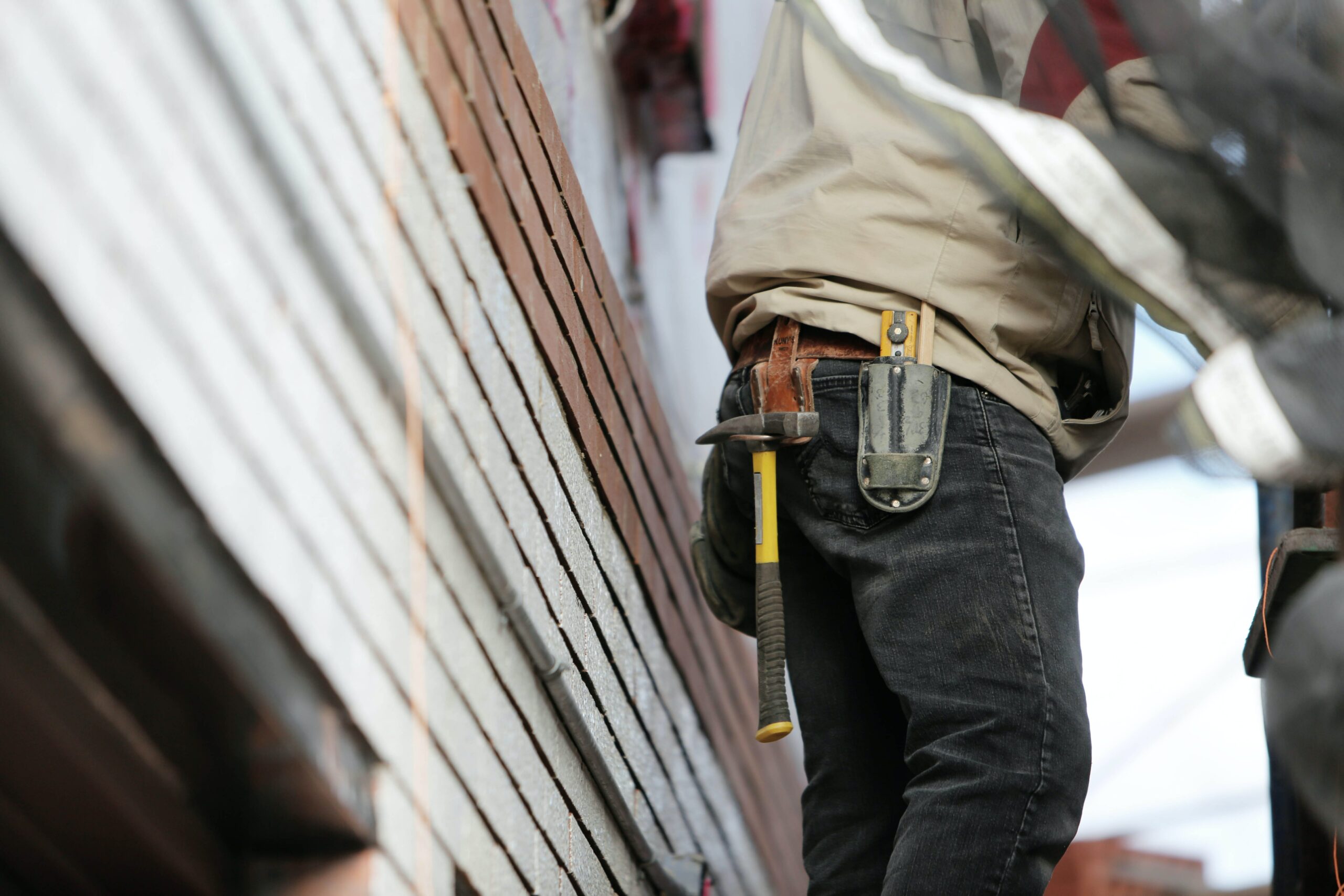So there I was, Joe the handyman, ready to hang up a new bookshelf in my living room. I grabbed my drill, found the spot on the wall where I wanted to put the shelf, and started drilling away. Or so I thought.
Turns out, I wasn’t drilling into a stud at all. I was just drilling into my drywall, making a big ol’ hole for nothing. And let me tell you, it was a real bummer. I felt like a total doofus.
But hey, we all make mistakes, right? And the good news is, there are ways to avoid making the same mistake I did. That’s what this guide is all about. So let’s get to it.
Table of Contents
How to Spot a Stud?
First things first, let’s talk about what a stud is. A stud is a vertical framing member in a wall that helps support the weight of the structure above it.
Studs are typically made of wood and are spaced about 16 inches apart in most homes. However, this can vary, so it’s important to know how to spot a stud before you start drilling.
Finding the Stud
Method 1: Use a Stud Finder
The easiest way to find a stud is to use a stud finder. These handy little devices use magnetic or electronic sensors to locate the nails or screws that hold the drywall to the studs.
Just hold the stud finder against the wall and move it around until the indicator lights up or beeps, signaling that you’ve found a stud.
Method 2: Knock on the Wall
If you don’t have a stud finder, you can also try knocking on the wall to locate a stud. Studs are typically made of wood, which will sound solid when you knock on it. Drywall, on the other hand, will sound hollow.
Start by knocking on the wall in different spots, and listen for the difference in sound. Once you find a spot that sounds solid, you’ve likely found a stud.
Method 3: Measure and Mark
If all else fails, you can always measure and mark where you think the studs might be. Start by measuring 16 inches from the corner of the room, and make a small mark.
Then measure 16 inches to the right or left of that mark and make another mark. Repeat this process until you’ve marked out all the studs in that section of the wall.
How do I know if it’s a stud or pipe?
Pipes and studs can be differentiated by their width, depth, and spacing. Pipes are typically wider and deeper than studs and are usually spaced closer together.
Studs are narrower and shallower and are usually spaced 16 inches apart. A stud finder will help you differentiate between the two.
How do you make sure you found a stud?
To make sure you’ve found a stud, you can try a few different methods. One is to use a stud finder as previously mentioned, which will give you a pretty accurate indication of where the stud is located.
Another method is to use a small finishing nail or a drywall screw to test the location. If the nail or screw goes in easily and holds securely, then it’s likely that you’ve found a stud.
Another way to confirm the location of a stud is to use a knock-down test. Simply knock on the wall in the location you think the stud may be and listen for a solid sound.
If the sound is solid, then it’s likely a stud. If it sounds hollow, then it’s likely not a stud.
Can you drill directly into a stud?
Yes, you can drill directly into a stud, but it’s important to note that studs are not always in the exact location where you need to hang a shelf or picture.
Sometimes, you may need to locate the stud and then drill into it at an angle in order to hang your item.
It’s also important to make sure you’re using the appropriate drill bit for the job. For wood studs, a standard wood drill bit will work.
But for metal studs, you’ll need a special metal drill bit.
FAQs
Q: What if I can’t find a stud?
A: If you can’t find a stud, you can try using a heavy-duty anchor or toggle bolt to hang your item. These types of anchors will hold your item securely even if you can’t find a stud.
Q: Can I use a hammer and nail to find a stud?
A: Sure, you can use a hammer and nail to find a stud, but it’s not the most accurate method. A stud finder or a knock-down test is typically more reliable.
Q: How often are studs spaced in a wall?
A: Most studs are spaced about 16 inches apart in a wall, but it’s not uncommon for them to be spaced 24 inches apart.
It’s always a good idea to double-check the spacing in your specific wall before drilling.
Wrapping it up
So there you have it, folks. Now you know how to spot a stud like a pro. And remember, if you ever find yourself in a situation like mine, don’t sweat it.
We all make mistakes. Just take a deep breath and try one of the methods mentioned above to find that stud and get on with your project.
Happy drilling!
